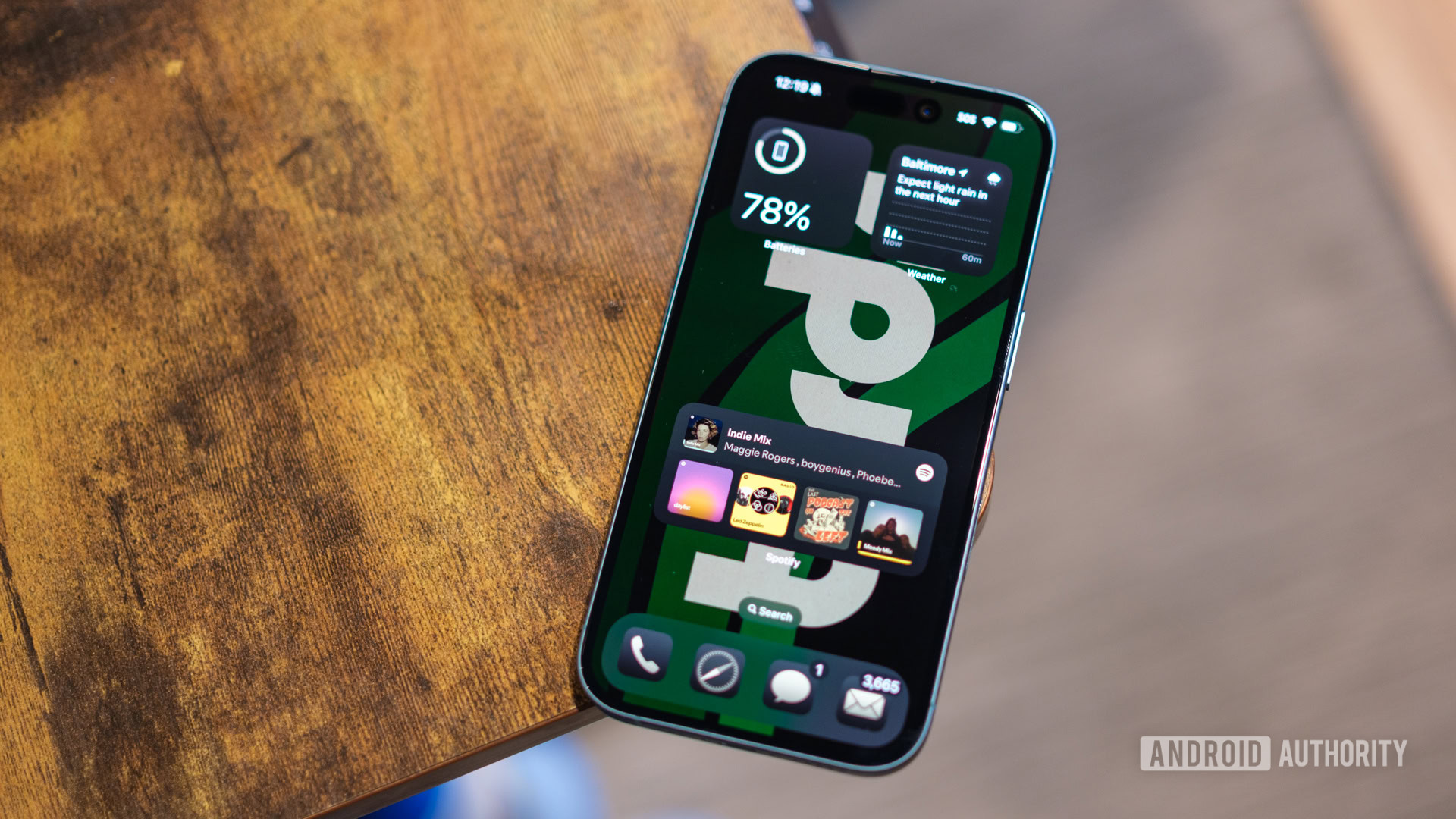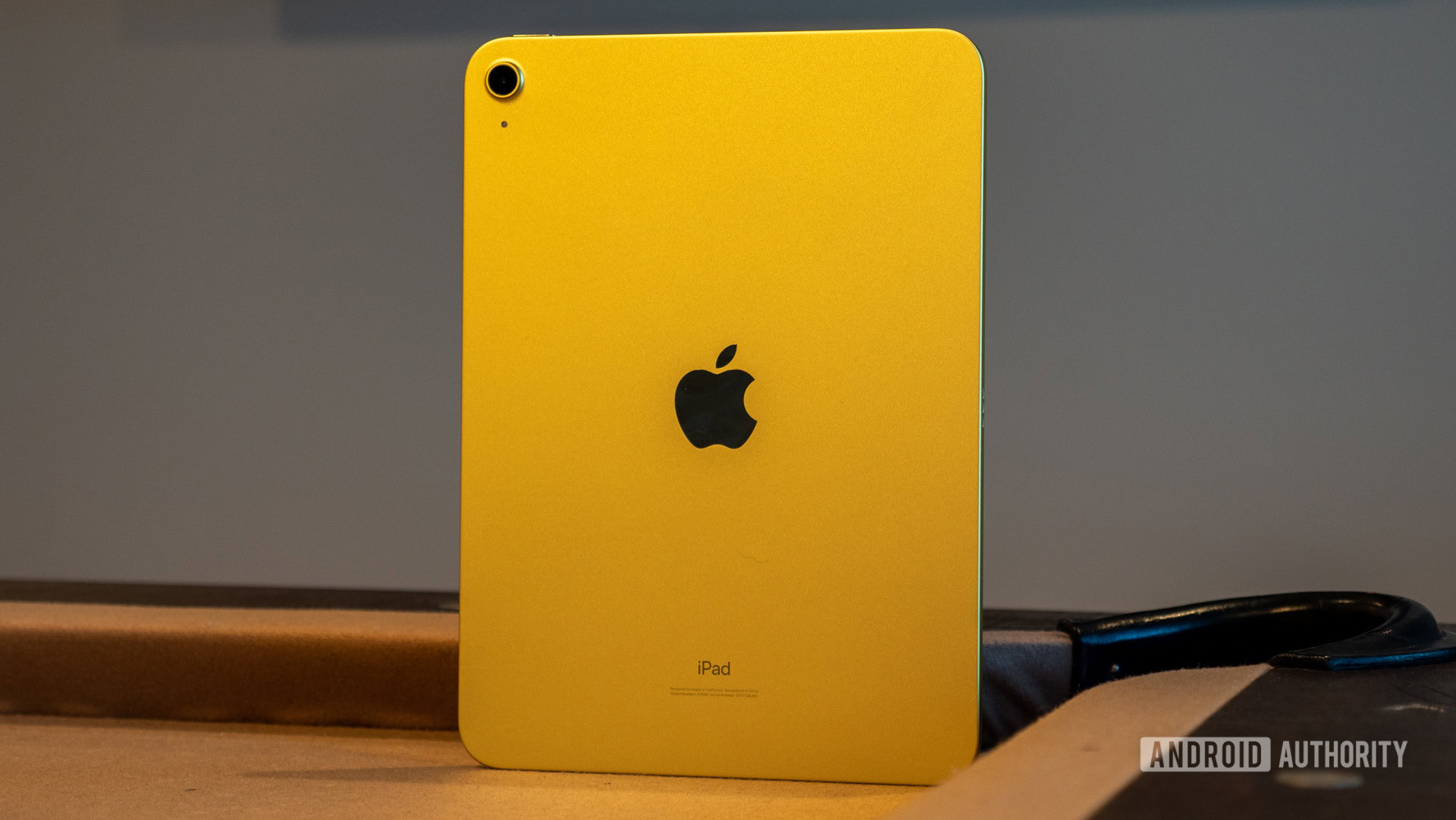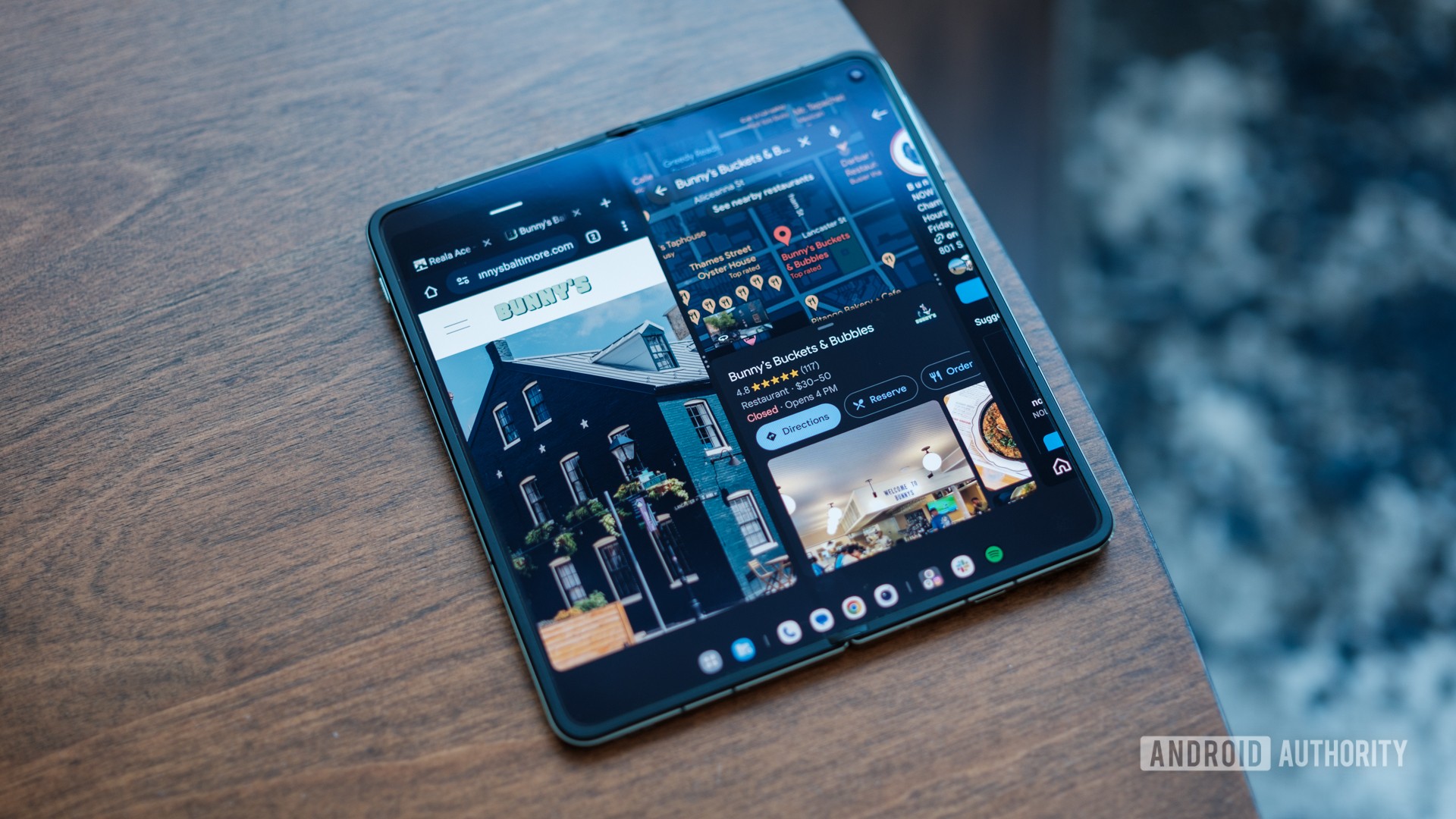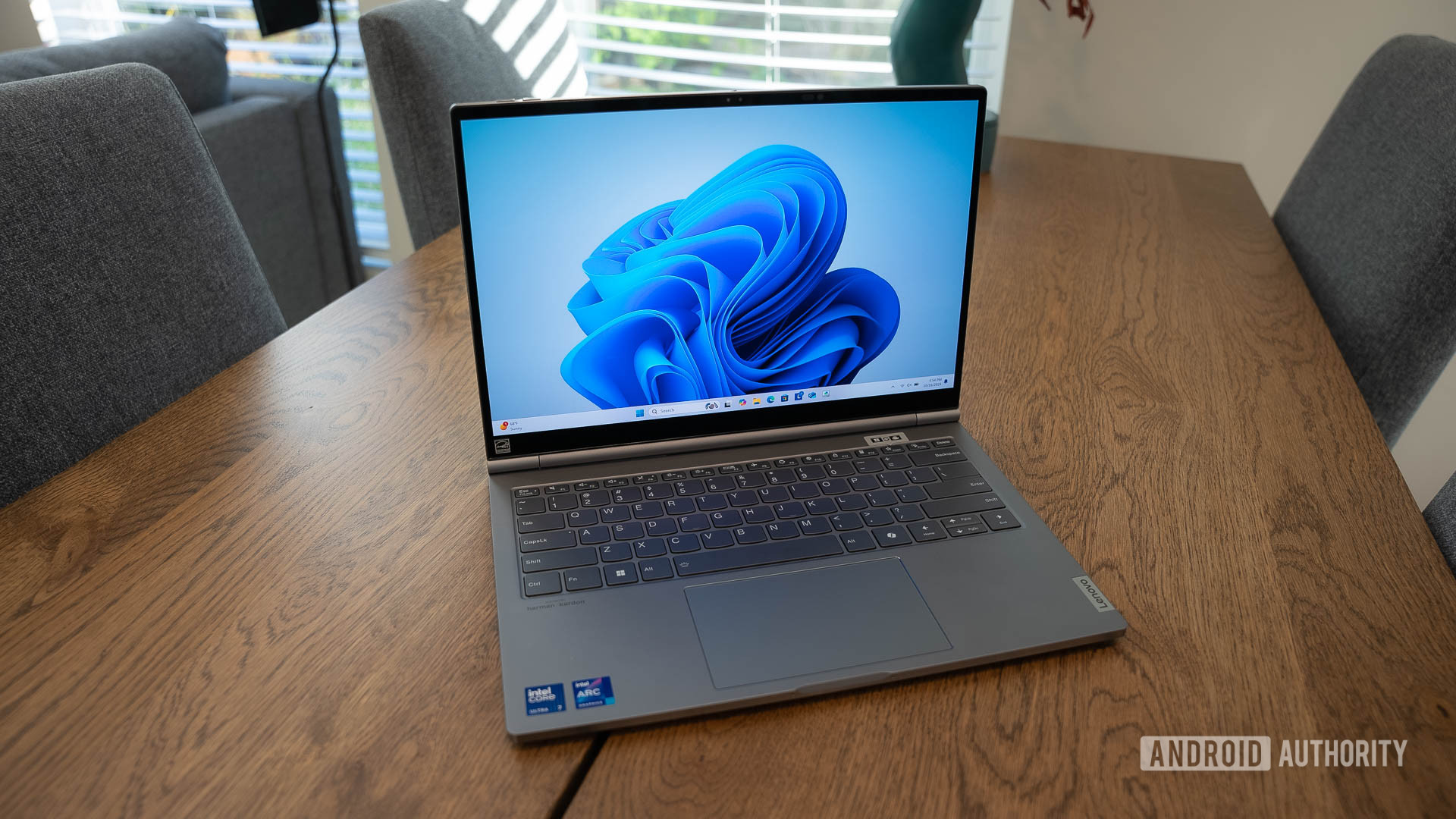
Ryan Haines / Android Authority
Say what you want about the iOS vs Android debate, but the iPhone boasts a formidable software platform. Meshing seamlessly with other Apple properties and products, iPhones offer features and tools that Android smartphone owners could only dream of. Notably, this includes a host of iOS-exclusive apps.
Sure, some iOS apps will eventually reach Android; Arc Search browser is a great recent example. However, many never make the journey, leaving Android users out in the cold.
Fueled by jealousy, I combed through the catalogs of the App Store to find some of the best iOS-exclusive apps I’d love to see on Android one day. It may be pie in the sky, but it’s fun to dream. Have a look at the apps below.
Flighty
I’m a little obsessed with flight tracking. When I’m on the ground, I use FlightRadar24 to view birds overhead. However, Android does lack a good flight detail organizer and updater. iPhone users don’t have this problem.
Flighty is an iOS-exclusive app that offers preflight, preboarding, and post-landing information you’ll need. This includes departure details and any changes, check-in alerts, and weather info. It also provides alternative flights, a live share feature for loved ones, and a fun gamification feature that tallies up your virtual flight miles. One of the features I like the most is how it handles delays. The app offers predictions and explains why your flight isn’t landing on time. It’s these tiny details that help reduce my sky-high anxiety at airports.
I don’t see a reason why Flighty isn’t available on Android. Few apps like it exist, so it would be a hugely popular addition to the Play Store. There is no indication that it’ll introduce an Android version.
Procreate
Procreate is why many artists choose the iPad instead of Android tablets. At its core, it’s a bitmap graphics editor that allows artists to create sketches and digital paintings and practice their illustration styles. Procreate fully supports the Apple Pencil, using the stylus’ various pressure levels and precision tuning.
It’s available for the iPad and iPhone (as Procreate Pocket), making it genuinely multi-platform. I also appreciate its one-time fee purchase demand. A relatively small $12.99 investment unlocks current and future features on the iPad, and a $5.99 fee unlocks the iPhone version.
Procreate is why many artists choose the iPad instead of Android tablets.
More importantly, the company offers no AI smarts within the app for those who value human-made art. Everything created within it is by hand. I like this approach to software, especially in 2024.
There is no indication that Procreate will make the leap to Android, presumably due to the hugely varied stylus offerings from OEMs. The most likely partner would be Samsung and its S Pen-supported Galaxy Tab range. Nevertheless, there is no shortage of drawing apps for Android, but none come close to Procreate’s toolbox.
Drafts
As its name suggests, Drafts is an app designed for jotting down quick snippets of text and notes. I wouldn’t call it a pure note-taking app, but it does include markup, mild organization options through folders, and tagging functionality. You could use it as a knowledge base app as it also supports deep links. It’s also available cross-device within the Apple ecosystem, making it truly useful for sharing text across Mac, iPad, and iPhone.
Drafts’ focus on writing first and organizing later has me won over. Its clean design also minimizes distractions, a facet of my personality that prevents me from using Notion for productivity.
Drafts is free to use, but the Pro subscription unlocks even more features, including automation, a mail forwarding feature, and custom syntax.
Fantastical
There are a slew of calendaring apps on Android, but there’s one feature that none of them offer: natural language support. It’s much easier to create events and tasks by typing out the details of an event than manually creating an event through a form. Fantastical offers this and plenty more.
This iOS-exclusive app has one of the best calendar timeline layouts, called DayTicker, which seamlessly meshes weather details, to-dos, and calendar events under a single scroll. It also has a plethora of widgets for whatever you deem most important. Currently, the calendar management on my Android phone consists entirely of widgets, so I appreciate this in particular.
Adding events to your calendar using natural language is a Fantastical feature.
Fantastical’s business model is one dark mark against it. The free version has been stripped of functionality in favor of the premium models, leaving many users understandably aggrieved. Considering that the Android market is far more saturated, I don’t expect to see Fantastical make the jump to the Google side. However, I’d love to see some of its features adopted by current apps.
Bear Notes
If you don’t like Drafts’ simplicity and wish it had more of a focus on structure, Bear Notes is the app for you. This app really gives Notion a run for its money. It features markdown support, image injection, and support for the Apple Pencil, so you can add cute little drawings to your personal journal. The latter two features really set it apart.
Bear Notes can be used for a multitude of tasks, but it thrives as a digital commonplace book, a digital recipe book, or a companion notepad for novels and non-fiction books you’re currently reading.
One letdown is that it’s not available as a web app, something that Android and Windows device owners would undoubtedly appreciate. However, it is cross-device within the Apple ecosystem.
Things 3
True to its name, Things is a powerful thing-management app, be those things notes, to-dos, longer goals, or plans. It includes numerous organization features, allowing users to place to-dos within various projects, specific plans, and life spheres. Users can categorize items further using tags, integrate their calendars, and set repeating to-dos.
Keep all sorts of things, from notes to to-dos, longer-term plans and goal lists with Things.
I appreciate Things’ simple, minimalist design but its deeper functionality once you get to know the app and its limits. It also offers a single fee for cross-functionality between iPhones and the Apple Watch. There are plenty of to-do apps on Android, but they’re either too granular or too simple — Things strikes a balance.
Halide
The iPhone and iPad have a slew of exclusive camera apps, and Halide is one of them. It’s geared towards more serious pocket photographers who crave more control of their device’s hardware. Some of its big-ticket features include the ability to select the image processing level, a macro mode that leverages AI upscaling tech, a RAW shortcut for snapping images directly from the sensor, and a new lock screen shortcut for those who don’t want to miss a fleeting moment. Halide doesn’t focus on video, but that’s where its companion app, Kino, steps in.
As Halide is specifically made with Apple’s products in mind, it likely won’t ever reach Android camera phones. The latter has far too many variables, including camera hardware and software.
Reeder
Reeder bills itself as a content aggregator for articles, videos, and podcasts that may interest you. The idea is pretty great. Instead of bouncing from app to app, Reeder lists all the content in a consumable timeline. More intriguingly, your last position on the timeline is also synced across devices, making it easy to pick up where you left off. Notably, Reeder Classic is available for those who want a pure RSS reader, but we have plenty of those on Android.
It’s worth noting that Feedly and Inoreader also support video and podcast feeds, but they’re nowhere near as seamless. These two platforms could also do with some competition.
Apple Shortcuts
The iPhone’s Shortcuts app scales up iOS’ utility a notch. It offers precisely what it says on the tin: a list of shortcuts and automationa that trigger in context or when prompted. For example, you can create a shortcut to trigger a message to a loved one when you arrive at work or leave. No user interaction would be required, making such a shortcut even more useful for those who are always a little too busy. These shortcuts can also be actioned by prompting Siri, giving users another form of control over their devices, while the app dovetails perfectly with the Action button on iPhones.
There is no native Android Shortcuts equivalent, but there are several third-party alternatives, some of which have far too steep a learning curve for my liking. As it’s designed by Apple for Apple products, Shortcuts will never see the light of day on the Play Store. However, I wouldn’t be upset if Google integrated similar functionality in Android.
Garageband
If Procreate is the iOS-exclusive platform for graphic artists, Garageband is for musicians. Exclusive to Apple platforms and developed by the Cupertino company, Garageband is effectively a pocket recording studio. It allows budding musicians to create music and podcasts without fuss, and offers support for multiple tracks, the creation of audio loops, and a host of effects. The biggest trump card is its range of synthesizers of real instruments and a host of drum types. And. if you have a physical keyboard or guitar, you can hook it up to a supported amp.
If Procreate is the iOS-exclusive platform for graphic artists, Garageband is for musicians.
Considering that Garageband is created by Apple for Apple products, it likely won’t ever be ported to Android. That’s a shame. Few digital audio workstation apps are available for Android that are as widely used.
Step: Your World
Step bills itself as a travel curator app. It essentially strips a mapping app down to its core parts: trendy spots, tourist attractions, and places of interest. Users can create their own guides and share them with others on the platform.
This social element also fuels the nifty city guides feature, which offers a curated list of places to visit within specific cities. You could call it a travel app for influencers. Whether that’s a pro or a con, you decide. Nevertheless, I appreciate Step’s unique take on travel. The app is free but requires a phone number upon account creation.
Paste
Paste is a pretty nifty app. It’s an endless clipboard app that keeps tabs on anything you copied on your iPhone and makes it available across other Apple products without any intervention. Notably, the data is stored locally and in a user’s iCloud account, making it far more secure than it sounds. It also integrates with Siri and iOS Keyboard, making it a powerful tool.
If you regularly juggle text between multiple devices, use a standard set of text strings or messages, or want a nifty way to manage read-later links, Paste is a great solution.
What iOS-exclusive app do you want to see on Android?
0 votes








 English (US) ·
English (US) ·